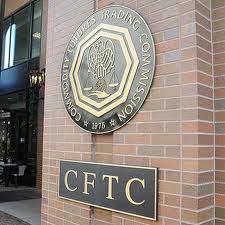Law makers and financial markets' regulators in the United States have been engaged in restructuring the entire methodology around which the electronic trading industry can operate, since the Dodd-Frank Act was sworn in by Barack Obama in 2010.
The latest subject which has been approved for publication by the US Commodity Futures Trading Commission (CFTC) is today's concept release on risk controls and system safeguards for automatic trading environments.
The concept release reflects the CFTC’s ongoing commitment to the safety and soundness of US derivatives markets in a time of rapid technological change, and provides a platform for discussion and analysis of the appropriate responses to such changes.
In addition, it provides an overview of the automated trading environment, including its principal actors, potential risks, and responsive measures taken to date by the CFTC or industry participants. The CFTC release also discusses a series of pre-trade risk controls, post-trade reports and other measures along with system safeguards related to the design, testing and supervision of automated trading systems (ATSs)
Furthermore, it includes additional protections designed to promote safe and orderly markets. In each case, the CFTC seeks extensive public comment regarding these measures.
According to the CFTC, this concept release was driven by US derivatives markets’ fundamental transition from human-centered trading venues, to highly automated and interconnected trading environments. The operational centers of modern markets now reside in a combination of ATSs and electronic trading platforms that can execute repetitive tasks at speed orders of magnitude, greater than any human equivalent.
Traditional risk controls and safeguards that relied on human judgment and speed, must be reevaluated in light of new market structures. Furthermore, the Commission and market participants must ensure that regulatory standards and internal controls are calibrated to match both current and foreseeable market technologies and risks.

The regulatory authority has already taken steps to address the transition to automated trading and require appropriate risk controls, including within designated contract markets (DCMs), swap execution facilities (SEFs), futures commission merchants (FCMs), swap dealers (SDs) and major swap participants (MSPs).
Relevant measures to date include rules requiring FCMs, SDs and MSPs that are Clearing member firms to establish risk-based limits for all proprietary and customer accounts, and to use automated means to screen orders for compliance with risk limits when such orders are subject to automated Execution .
The CFTC has also adopted requirements for DCMs that provide direct market access, and trading pause and halt requirements for DCMs and SEFs designed to prevent and reduce the potential risk of market disruptions. Additional measures taken by the CFTC, as well as practices already in place within industry participants, are discussed in the Concept Release.










